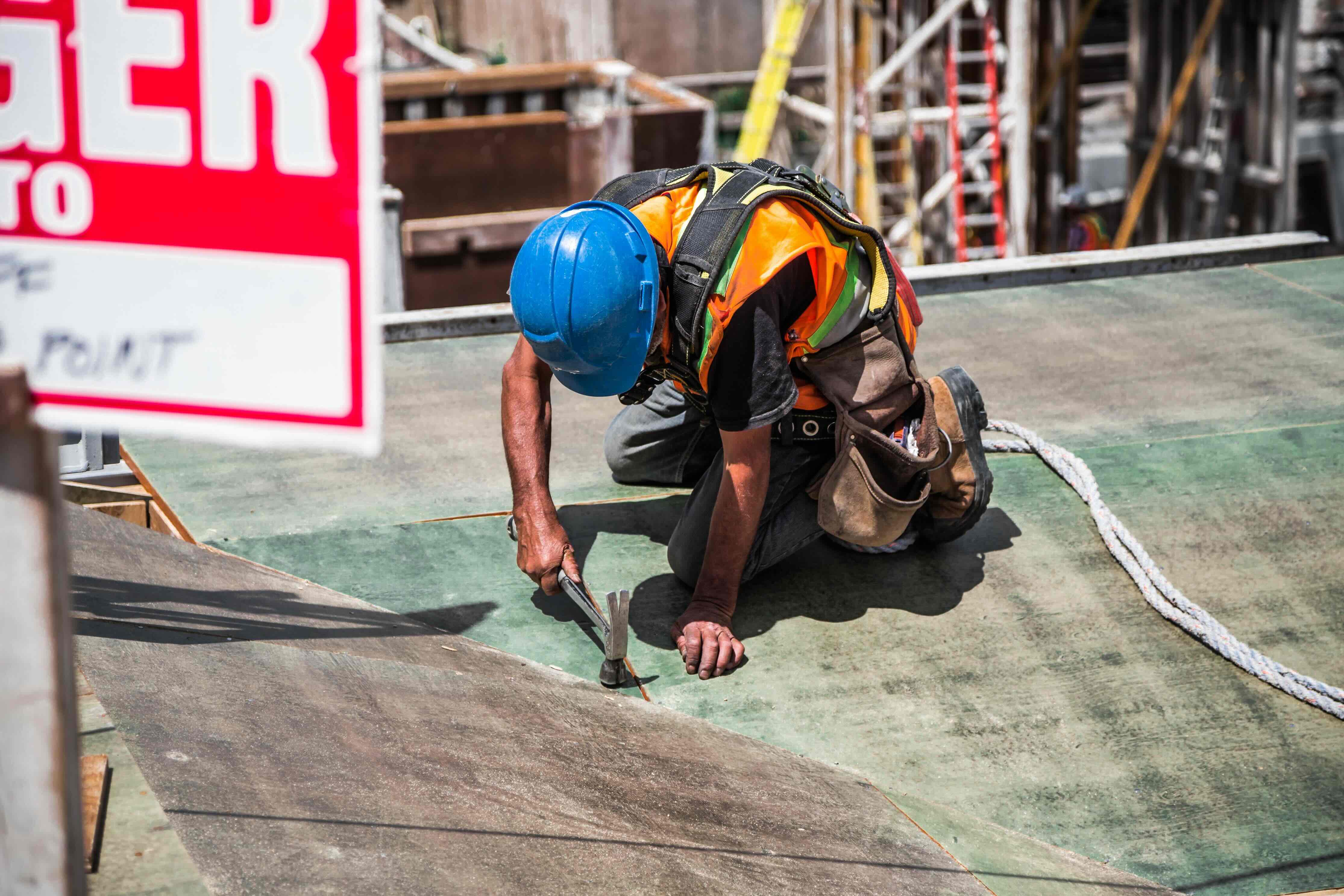Have a story idea
Have a story idea? Send it to us here.

Source : Raw Pixel
July 25, 2025
Author : Patty Allen
Despite decades of federal investment in infrastructure, America's building sector remains under the strain of entrenched structural problems, casting serious doubt on the viability of President Trump's aggressive building agenda. Already, long-standing issues have undermined the sector's capacity to implement major public works effectively.
While earlier projects such as the Empire State Building (finished in 410 days in 1931) and the Hoover Dam (ready two years ahead of time) reflect the historic engineering might of America, contemporary events tell a different story.
California's high-speed rail corridor, authorized in 2008, is still under construction and is likely to be at least a decade behind schedule, if not canceled altogether.
The reasons are manifold. One key problem is fragmentation—the U.S. building industry is extremely decentralized, consisting of thousands of small and medium-sized firms that sometimes work without any support. This uncoordinated situation impairs integration on projects and diminishes efficiency.
Based on ING's productivity report, U.S. construction productivity has fallen by about 1% per year from 1970 to 2020, even with high capital spending. This equates to a 50% reduction in productivity over 50 years, positioning the U.S. below that of Europe in terms of sector performance.
Another key contributor is overregulation. Lengthy permitting, environmental assessments, and safety regulations, while significant, are too often causing delays that derail schedules and increase costs. A ScienceDirect report identifies the bureaucratic cost of construction in the U.S. as one of the highest in the developed world, leading to inefficiencies and discouraging innovation.
Shortchanging infrastructure planning and labor development only adds to the problem. Most states are not equipped to plan for long-term construction requirements, and uneven federal-state coordination tends to result in fragmented implementation.
The most urgent of these may be the shortage of labor. According to Construction Today, the U.S. will require almost 500,000 more workers in 2025 alone to fulfill current demand. With immigrants comprising 26% of the construction workforce, and many of them undocumented, immigration policy under President Trump's administration will further exacerbate the shortage.
A recent Contractor News report examined how increased border enforcement and deportations are instilling fear in immigrant-dense labor markets, resulting in job desertion and regional slowdowns. As 13% of workers are undocumented, the diminished labor pool could drive up costs and hold up critical projects.
Western and Pacific states, already strained by climate-driven rebuild demands, are bracing for leaner times, especially as capital expenses increase and the pool of available labor decreases. Collectively, these hurdles risk undermining federal infrastructure ambitions, even as money pours in.
In the absence of real reform—like streamlined permitting, investment in workforce training, and an updated immigration plan—the structural weaknesses of the industry could hold up or derail marquee projects intended to shape this administration's legacy.
Category : Investment in Infrastructure Labor Market Watch Material Costs
